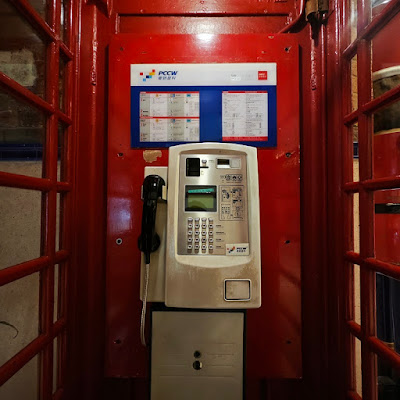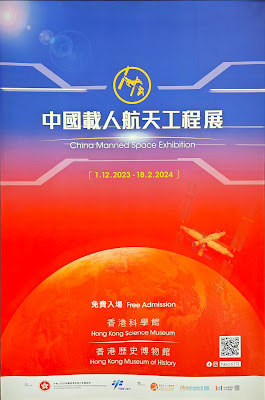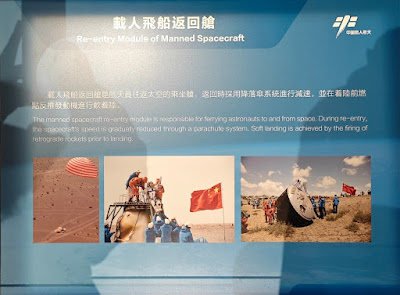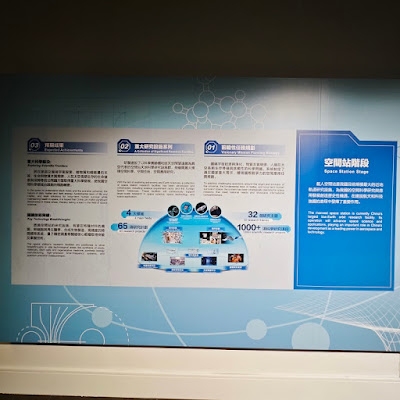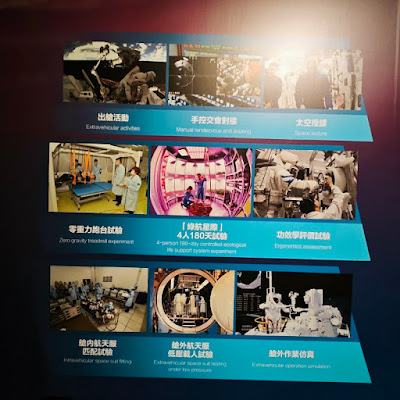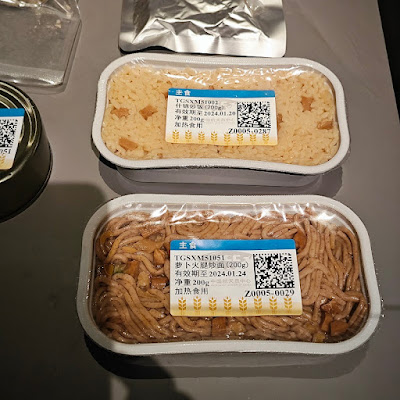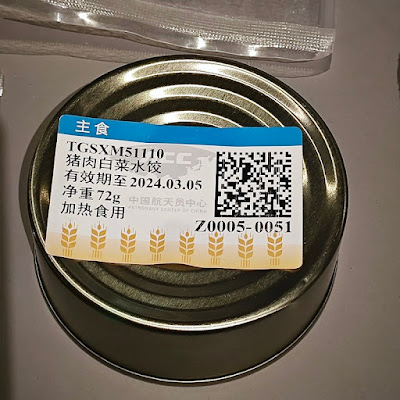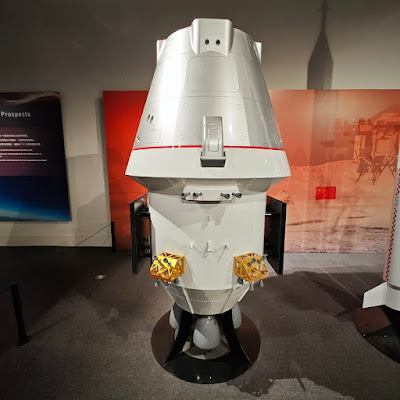04-025
Payphones
I recently came across an article describing Hong Kong as the perfect portrait of a cyberpunk city. Having lived in the city for so long, I was not aware of the term ‘cyberpunk.’ ‘What does that mean?’ I wondered. Out of curiosity, I checked Wikipedia. To my surprise, without realizing it, I have actually watched quite a number of cyberpunk movies. Some of them are even my favorites! Blade Runner, The Terminator, Ready Player One, just to name a few.
To gain a deeper understanding of the meaning of cyberpunk, I rewatched the 1999 cyberpunk classic, The Matrix. I had watched this movie before, but it was a long time ago. I could hardly remember its plot. For me, it was just like watching a new movie.
The Matrix is really a good movie. It perfectly captures the essence of cyberpunk. Is Hong Kong cyberpunk? Now, I have an answer. And my answer is, sort of. It is very cyber and it is quite punk. But we do have some beautiful countryside and comparatively fewer homeless people.
However, the movie reminded me of an interesting piece of news. It was about New York City removing their last payphone back in 2022. Payphones serve as the teleport between the ‘real world’ and the Matrix in the movie. I wonder how Keanu Reeves would come back from the Matrix nowadays, as there are no more phone booths on the streets of New York.
I have written several posts about telecommunications in my city. I have talked about terrestrial TV, cable TV, satellite TV, and radio broadcast. I have also briefly mentioned our internet service and introduced various streaming and OTT video platforms that are popular in Hong Kong. Now, I think I should also spend a few moments talking about the very basic form of telecommunications in my city, the landline and payphone system of Hong Kong.
Who invented the telephone?
Most people in the world would say Bell. The French may disagree. But anyway, the year is always 1876. And just one year after the invention, there was already phone service in Hong Kong. This sounds very advanced, right? Not quite! In the first decade, phone service was only for the elite of the city. Back in 1890, there were only 52 phone users in the entire Hong Kong, and service was only available on the northern coast of Hong Kong Island.
In general, most people had no access to the telephone system at that time. The general public may have heard about the telephone but did not understand the working principle behind it. They called the telephone a ‘mysterious voice machine’ introduced by Westerners.
In 1905, telephone service finally reached Kowloon. But it was not until the formation of Hong Kong Telecom (HKT) in 1925 that the telephone became more and more popular.
First Generation of Payphones
The first payphone was introduced on New Year’s Day in 1920. It was installed inside the sedan chair depot adjacent to the Peak Tram station. However, it was not placed inside a phone booth but in a room called a ‘pay station.’ This was because coin-operated telephones had not yet been introduced. The pay station was staffed by telephone company attendants who collected immediate payment for calls placed.
The First Phone Booth
Over the subsequent decades, an increasing number of payphones were installed throughout the city. In 1953, the government of Hong Kong decided to regulate payphones. By the end of the year, 15 trial phone booths had been installed on Hong Kong Island and Kowloon, with the farthest one located in Shek O, the southernmost tip of Hong Kong Island.
After a year of testing, the first official phone booth was opened on 16 January 1954 on Wyndham Street, Central. At that time, the charge for a phone call was 40 cents, which was considered very expensive.
The Boom of Payphones
Public payphones were installed steadily over the next decade. By 1965, there were still fewer than 200 payphones in Hong Kong. However, starting from the late '60s, the number of payphones increased dramatically, mainly due to the population increase as many people fled from mainland China during the Cultural Revolution.
Cost of Making a Phone Call
Even though regulated by the government, there was no fixed fare for payphone use. In the city center, the fare was typically 30 or 40 cents per call. In the New Territories, due to longer distances and higher installation and operating costs, the fare could be double, at 60 cents per call. In 1968, the fare was standardized to 30 cents per call, regardless of the payphone’s location. The fare increased to 50 cents per call in 1975 and further increased to HKD 1 per call in 1983, where it has remained frozen until now.
Decline
Like many other places in the world, due to the popularity of mobile phones, the use of payphones in Hong Kong has been declining since the late '90s.
The most significant decline of local payphones occurred in 2016. In the last week of 2015, Shinetown Telecom, the sole provider of payphone service in metro stations of Hong Kong, announced that they had decided not to renew the service contract with MTR upon its expiration. The contract expired in early 2016, and all their 400 payphones were removed gradually in the following months. ‘As there are ten million mobile phones in use in Hong Kong, fewer people are using the payphones,’ said the spokesperson. Since no other service providers were interested in replacing Shinetown’s role, MTR stations became the first payphone black hole in the city.

Shinetown decided to quit in 2016,
leaving the entire metro system of Hong Kong
in a payphone black hole
Other payphone providers were not faring well either. PCCW-HKT, the largest telephone and internet provider in Hong Kong, reported that more than half of their payphones earned less than one dollar per day, and some even less than one dollar in an entire year! In 2016, they had around 3100 payphones installed in the city. Half of them were in roadside phone booths, and the other half in public facilities or government buildings, such as hospitals, prisons, sports stadiums, shopping malls, etc.
Discussions about reducing the number of payphones began in 2017. In 2019, the government decided to remove half of the roadside phone booths.
Maintenance costs for in-building payphones are much lower than those for roadside phone booths, and there are landlines in the buildings that needed to be maintained anyway. However, this does not mean that in-building payphones were spared from reduction. For instance, before the pandemic, there was an array of payphones in the arrival hall of the Hong Kong-Macau Ferry Terminal. The terminal underwent renovation during the pandemic, and after the renovation, the payphones were no longer present.
Locations of Payphones
The Office of the Communications Authority (OFCA) provides a list of phone booth locations on their website. The list only includes those phone booths installed in public areas.
At the time of writing, there are 718 phone booths installed in the public areas of the city. PCCW-HKT has installed 708 of them, and the remaining 10 are installed by HGC. Although the number of public phone booths has been reduced by half in recent years, they are still ubiquitous in the city. You can download the list from the OFCA website and should be able to locate one near you. However, there is no guarantee that the phone inside the booth is operational.
As mentioned above, other payphones are installed inside public facilities. The services are mostly provided by PCCW-HKT, except for the HKBN payphones installed at the Hong Kong International Airport. But their numbers and locations have not been disclosed. It is also challenging to find one. Nowadays, almost all websites or floorplans of a facility will not mention payphones anymore. Finding a payphone inside a building is like encountering an old friend on the street.
Design of Phone Booths
As a former British colony, many might think that we use the same red wooden phone booths as in the UK. Not quite! Even during the colonial era, our phone booths had no standard color. We do have some red wooden phone booths, but there are also green ones.
I remember when I was young, the phone booths I saw were orange in color and made of aluminum and plastic. Due to the humidity in Hong Kong, most of the phone booths are not made of wood, and most of them do not have doors.
Nowadays, PCCW-HKT’s phone booths are blue, while HGC’s phone booths are green.

Another identical phone booth but this one takes credit card.
Don't be misled! The card reader is not working anymore.
but the payphone installed inside is a new model.
In-building payphones are simply hung on the wall without a booth. However, there are exceptions. The most notable phone booths are the two British-style wooden phone booths installed inside Western Market. They are authentic phone booths, but because they are located inside a shopping mall, they are not listed on the OFCA list.
Similar red wooden phone booths can be found in Hong Kong Parkview and Fairview Park. They are installed in private areas, and the service is provided by PCCW-HKT. Again, you will not find them on the OFCA list.
Models of Payphones
I managed to find six different models of payphones in the city. However, I am not an expert on phone models, and information about payphone models is also scarce on the internet. I will just show their photos here. I suspect they are British-made, but they look somewhat different from those I found in the UK. If you know their models and the names of their manufacturers, please let me know.
The most common one is this white-colored new model used by PCCW-HKT. Most of the payphones installed in roadside phone booths are of this model.
and most of the card readers of this phone model are sealed
Another less common model is this one in a brownish color. It accepts coins and magnetic phone cards. PCCW-HKT has stopped selling magnetic phone cards for many years, so the card reader is obsolete. However, you can still use coins, if you can find any.
for making credit card calls to Japan, USA and Canada
Most of the public payphones are made of metal. They are tough and durable. This yellow-colored plastic payphone is not. It used to be very common in the past; they were placed in restaurants, supermarkets, and newsagents. Before mobile phones became popular, there was always a high demand for payphones. Some shops would rent these yellow payphones from PCCW-HKT and place them in their shops to earn extra money. They are very rare now, and I only managed to find two in the city: one in a Chinese herbal tea restaurant in Causeway Bay and the other inside the British-style wooden phone booth in Hong Kong Parkview.
Another rare model is this HGC payphone. There are only ten: two in Central, four in Tsim Sha Tsui, and four outside the Shenzhen Bay Border.
The phone uses dot matrix display
The last model is this unique blue-colored payphone provided by HKBN. HKBN payphones can only be found at the Hong Kong International Airport. Although their operation is the same, they are not traditional landline phones but IP phones. HKBN is not a telephone provider but an internet provider. This is the only payphone that accepts credit cards.
Payphone User Guide
It doesn’t take a genius to use a payphone. However, all payphones provide instructions on how to use them. Below, you’ll find different versions of user guides that I’ve come across in the city. The differences mainly depend on the service provider and the type of payments that the phone accepts.

Also for the PCCW-HKT payphone,
this guide is for the payphone model that takes magnetic stored value phonecard
Evolution of Phone Booths
PCCW-HKT has made many efforts to counter the decline of payphones. Since PCCW-HKT is also an internet provider, they have converted many of their phone booths to provide Wi-Fi service since the mid-2000s. This was successful for a while. At the time of 3G, mobile data was scarce. I saw people standing around the phone booths, holding their mobile phones, watching YouTube. Not anymore. Not after the launch of the 4G network. Definitely not in the 5G era.
Recently, I observed another evolution of phone booths. PCCW-HKT has replaced two traditional phone booths with ‘HKT Smart Kiosks.’ The kiosk has an information panel that provides weather, transport, and news information. It also offers free Wi-Fi, USB charging, and, of course, phone service. The dial buttons have become a touch panel, and instead of accepting coins, the kiosk only accepts digital payments. The smart kiosk looks fantastic, but unfortunately, I have never seen anyone using it.
Go back to the Lobby ...














